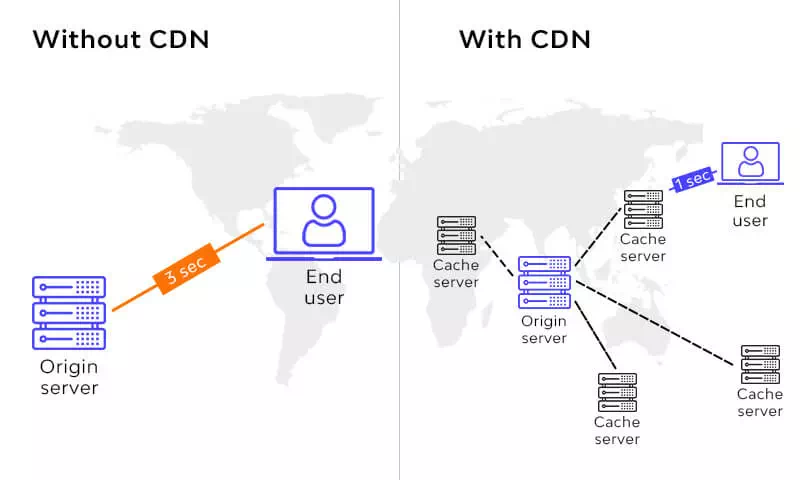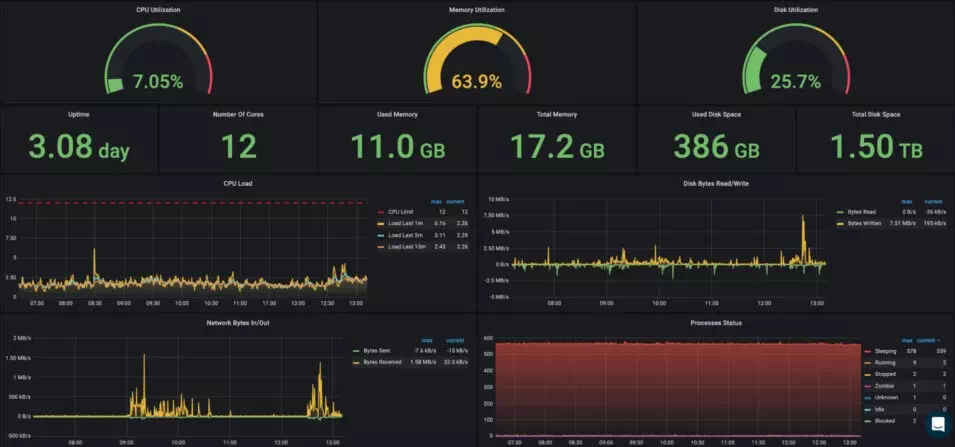Infrastructure Logic Behind Seamless Expansion
Digital growth is now dictated by speed, but speed without a strategic infrastructure backbone leads to failure. Real time scaling is not simply about growing fast. It is about growing with balance across interconnected layers. The architecture must carry the load without splintering, whether a company adds ten users or ten million.
Infrastructure no longer begins with just hardware or hosting. It demands modular cloud strategy, load-balancing logic, and Ai-powered routing that adapts in milliseconds. At the core lies elasticity not just in capacity but in design. Smart caching, dynamic provisioning, and instant rollback protocols must be built-in, not bolted-on.
To truly scale in real time, system components must be orchestrated in tandem. Backend APIs need to be decoupled, enabling independent upgrades and updates without disrupting customer experience. It is not enough to have storage and compute power. What matters is the agility in how these resources can be reconfigured on the fly.
This orchestration goes further when deployed through platform control tools like container management and microservices grids. They allow deployment at the edge, rapid failover, and low-latency delivery. All of this combines to support not only traffic but also the complexity of features expected by modern users.
Data Networks in Continuous Motion
In real time scaling, data is both the accelerator and the roadblock. Without controlled data flows, every gain in traffic becomes a liability. Data must travel fast and safely, across multiple systems, without duplication or loss. That is where optimized data networks become essential.

Latency and throughput must be constantly optimized through CDN layers and data compression pipelines. However, optimization is not enough. What defines true tech touchpoints is adaptive routing that prioritizes channels based on load, time, and location. It determines what goes where, when, and how it gets updated across systems.
The use of smart edge computing has allowed companies to push processing closer to users, reducing back-and-forth server communication. But this shift introduces complexity. Every data decision must be versioned, validated, and secured. Real time scaling requires not only rapid delivery but governance that enforces what data gets replicated, cached, or flushed.
Data networks also depend on synchronous and asynchronous communication models. APIs must be event-driven, using WebSockets or server-sent events where needed, while fallback REST options must still function reliably. Real time scaling fails if notifications and syncing do not occur across the board, from backend to frontend.
Services Integration Across Ecosystems

As user bases grow and diversify, so too must the service layers behind them. In real time environments, service modules cannot be hardcoded or isolated. They must exist in elastic clusters, easily integrated and reconfigured through centralized orchestration layers. This includes identity management, payment gateways, CRM tools, and data analytics suites.
Scalable services are composable services. Each module must expose endpoints that can be stitched together depending on the need. The rise of headless frameworks and service-first models has made it possible to abstract functionality without locking in form. This makes adapting to traffic surges and UI changes seamless.
Touchpoints are also expanding beyond traditional application logic. Ai-driven assistants, chat interfaces, voice recognition, and real-time localization tools are now part of everyday scaling services. These layers are not passive. They influence flow, recommend routes, flag errors, and deliver continuous updates.
True integration also depends on lifecycle visibility. From API gateways to service meshes, monitoring each service transaction is mandatory. Observability pipelines that link error tracking, logs, and alerts into a single pane become not just tools but necessities. Scaling in real time requires real time awareness.
Experience Layers Built for Instant Adaptation
The user interface is the first battlefield of performance. But experience is no longer just about responsive design or lightweight assets. It is about conditional rendering, prefetching based on behavior, and layouts that rebuild in real time as data arrives or changes. Users do not wait. Neither should the interface.
Touchpoints here include real time content rendering engines, single-page application frameworks, and progressive enhancement logic that ensures critical functions load instantly regardless of device or bandwidth. This layer must act as both a mirror and a translator, reflecting backend changes while making them human-readable, fast, and interactive.
Scalable UX must also be modular. Interface components cannot be tightly bound. They need isolation through shadow DOMs or component libraries that can be dynamically injected and swapped. This allows changes to propagate across platforms without downtime or inconsistency.
Real time scaling also means personalization on the fly. Every user journey may differ based on data, location, device, and preferences. Experience layers must assemble the right interface without hard reloads. A/B testing, adaptive theming, and instant rollback mechanisms ensure constant iteration without disruption.
Monitoring Points for Predictive Scaling
No scaling strategy functions without visibility. In fact, real time operations cannot rely on past analytics alone. Predictive insights must guide decisions, preparing for spikes before they occur, and detecting failure before it causes downtime. This is only possible with comprehensive monitoring.

Every touchpoint should be instrumented. Logs, events, traces, and metrics must converge into unified observability platforms. From user clicks to database calls, all elements should be tracked with context. The purpose is not just post-mortem analysis. It is an early warning.
In modern frameworks, distributed tracing provides this context. It shows which call slowed down, which dependency failed, and what triggered that chain of events. Coupled with AI monitoring, this allows systems to self-adjust, reroute, or quarantine faults without human intervention.
Dashboards are just the surface. Underneath lies a decision engine built on real-time data streams. This system can initiate auto-scaling groups, adjust thresholds, and rebalance resources. Predictive modeling also enables demand forecasting, helping finance and ops teams prepare for scale long before the curve rises.
Control Structures That Govern Every Layer
Real time scaling is ultimately a control problem. Speed and volume must be balanced with governance and reliability. Without strict access policies, update flows, and deployment boundaries, rapid growth invites chaos. That is where the final layer of tech touchpoints comes in, control structures.
Access management is the first gate. Every component, whether internal or vendor-driven, must adhere to least privilege principles. This means strict authentication, token expiration, and role-based access. Whether human or API, entry into systems must be temporary, observable, and revocable.
The deployment pipeline is another vital control touchpoint. Continuous integration systems must vet every release with linting, testing, and compliance scans. Containers must be signed, and infrastructure-as-code must be version-controlled. Each build must pass through stages that confirm not just function but alignment with business policy.

Version control extends beyond code. Feature flags, environment variables, and configuration files must be maintained in strict staging environments. Changes must roll out in waves, with kill switches and rollback options always active.
Finally, control structures include documentation and service registries. As scale increases, so does team distribution. No tech touchpoint survives without shared understanding. Clear service contracts, escalation protocols, and runbooks are not optional. They are survival tools.
Closing Thoughts
The anatomy of real time scaling is not just a list of best practices. It is a synchronized system where tech touchpoints are placed deliberately to support growth without disruption. Webdev200 offers services built around this philosophy. From experience design to backend logic, from data governance to predictive scaling, the real strength lies in preparation, integration, and clarity.
Real time scaling is not about reaction. It is about readiness. It is the art of making complexity invisible through design, control, and foresight. For teams looking to expand, the secret lies not in how fast you grow, but in how smoothly your systems evolve with every user, click, and signal.

